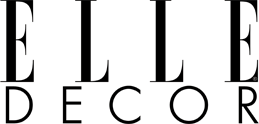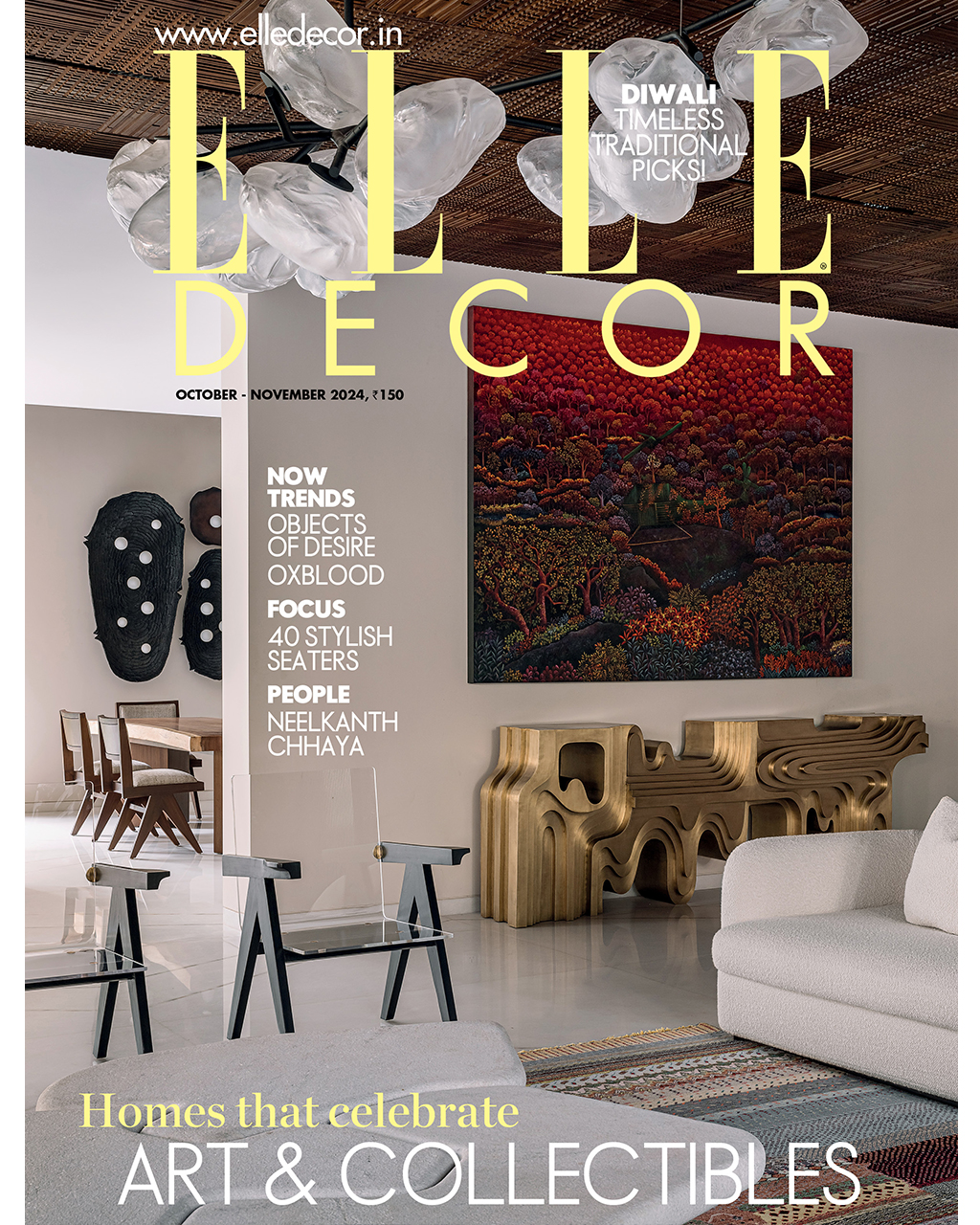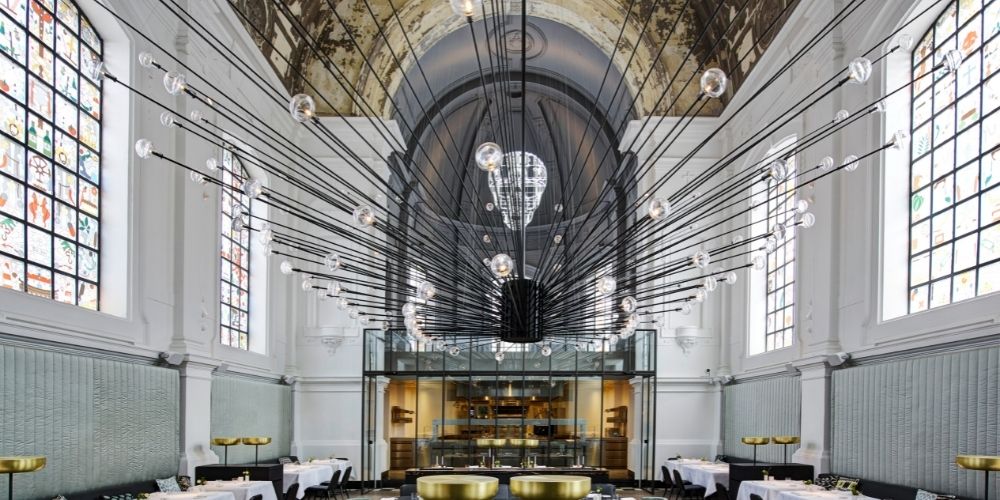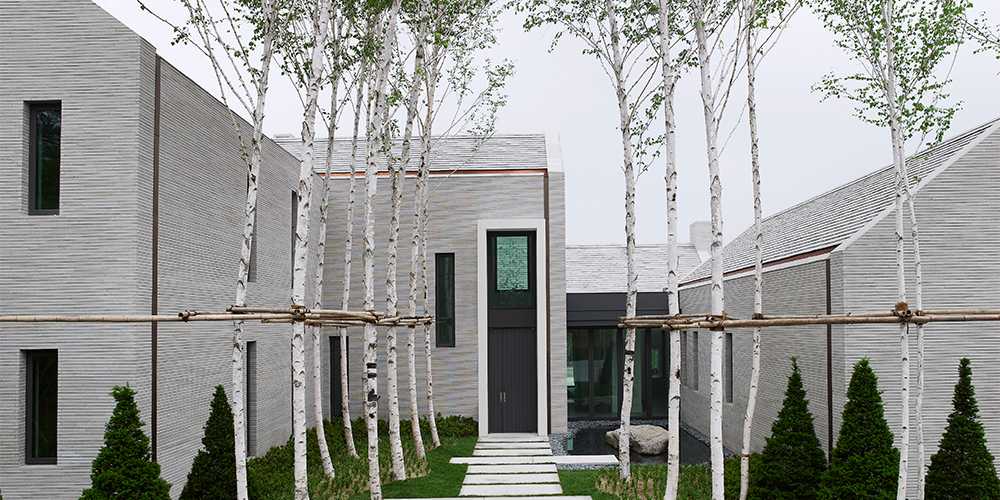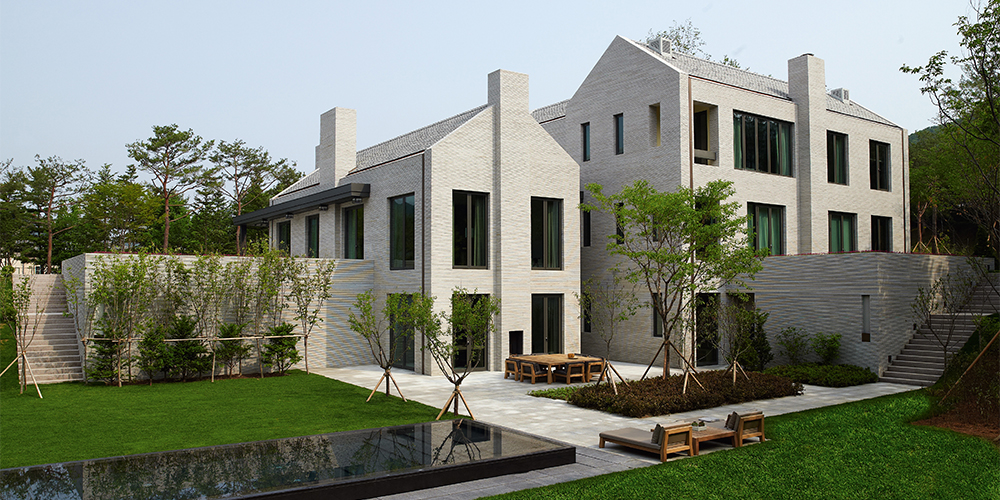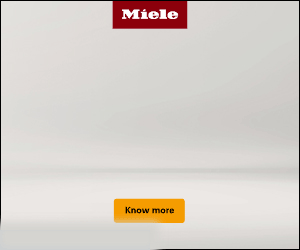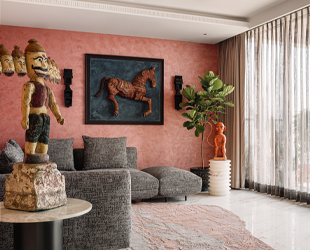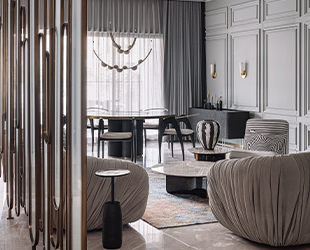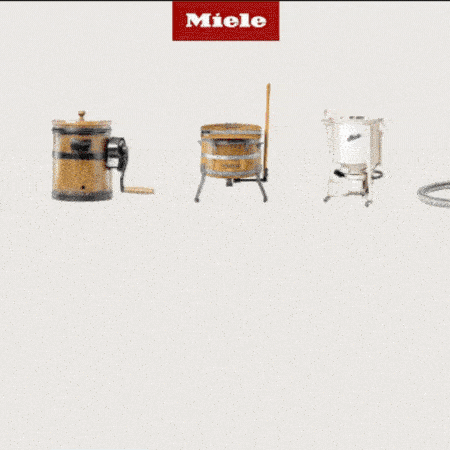Design
In conversation with Piet Boon: The designer on his love for Scandinavian simplicity, redesigning the former Palace of Justice in Amsterdam and more
JAN 8, 2022 | By Ankita Rathod
Piet Boon may be the name behind bringing super-prime minimalism to some of Holland’s most decadently designed modern villas. But besides his Hollywood looks and signature monochrome interiors concealed behind the 17th-century facades of Amsterdam canal houses, his status as a ‘design virtuoso’ is on the rise world over.
Groundbreaking Paris penthouses, revolutionary New York condominiums and custom yachts designed to perfection act as testimonies to his impeccable craft, lending him the title of a Dutch master of design.
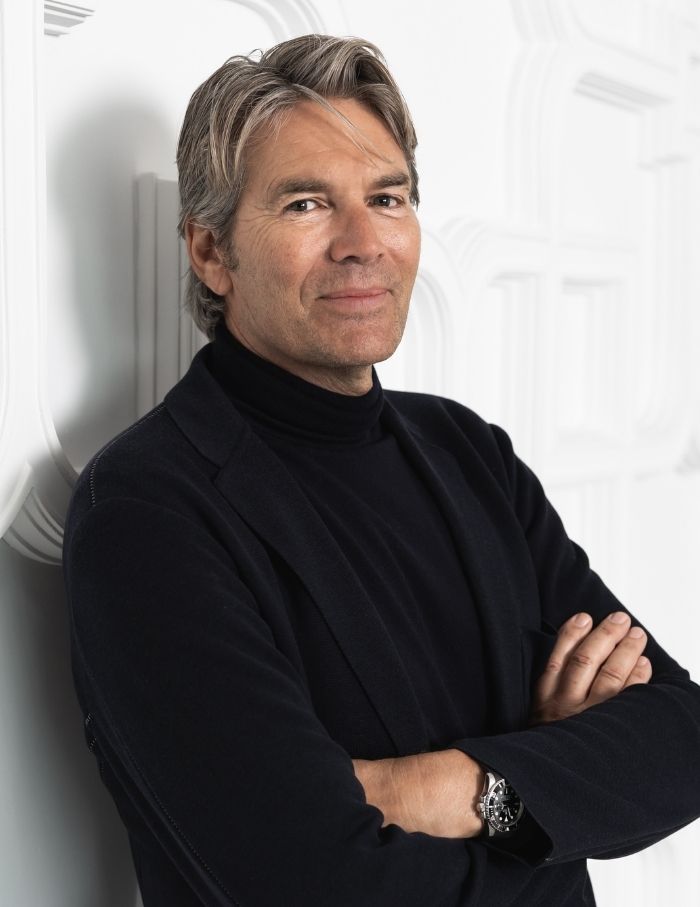
For the uninitiated, exterior, interior and product designer Boon— pronounced Bone—was born in Zaanstreek, in the vicinity of Amsterdam in 1958. He started his career as a contractor, developing a keen eye and understanding of structure and function.
“I began in construction, like my father, but design was my passion. I started to build kitchens, which were copied many times by other designers,” says the self taught designer. His own Amsterdam house was his final construction project before he turned to design, marking his career transition from developer to designer. Soon after, Boon launched his studio in 1983 with his then wife, Karin Meyn, and they are still co-founders and colleagues. Meyn is the creative director and Boon, the designer.
It was not long before Boon’s popularity toured far beyond the Netherlands, steadily coming to be a favourite among the global design cognoscenti.
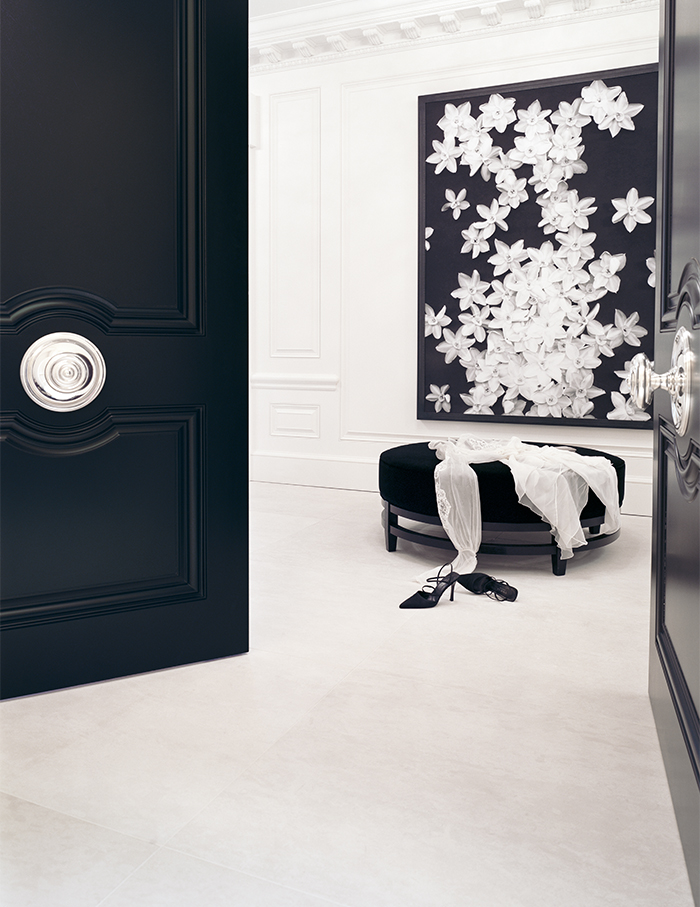
He made his Manhattan debut in 2005, where he redesigned the Fifth Avenue apartment overlooking Central Park that subsequently sold for eight figures, breaking records at the time. “It is about the perfection of simplicity, which goes beyond time,” reflects Boon. Considering his origin for having lived by the waterland in north Holland, if anyone understands the fractious relationship between homes and water, it’s Boon.
Back in 2010, he master-planned a floating neighbourhood in the Dutch town of Almere. “You’d think that in a country like the Netherlands it would be something we do all the time, but it’s harder to get permission to build on water here than it is on land,” he says. Moored in a beautiful and tranquil spot in a typically Dutch landscape, the houseboat is surrounded by open water on three sides with uninterrupted views to the horizon.
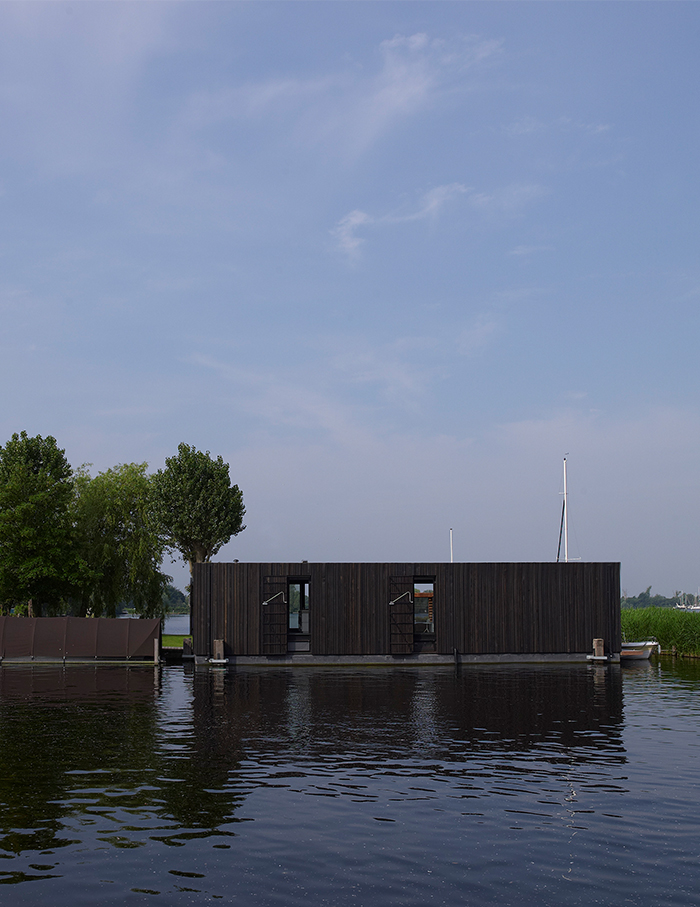
two storeys. The bedrooms and basement lie below the waterline Photograph courtesy Richard Powers
‘Understated-chic,’ is how he likes to describe his style. His style can be seen through the transformation of the chapel of a former military hospital in Antwerp, Belgium, into the award-winning Jane restaurant, run by chefs Sergio Herman and Nick Bril.
The restaurant features an enormous 39 ft wide black starburst chandelier that weighs nearly a ton, tall quilted wall panels in muted sage and contemporary stained-glass windows by Studio Job beneath a soaring vaulted ceiling left in its time-damaged state, showcasing a rock-n-roll aesthetic in all its sobriety intact.
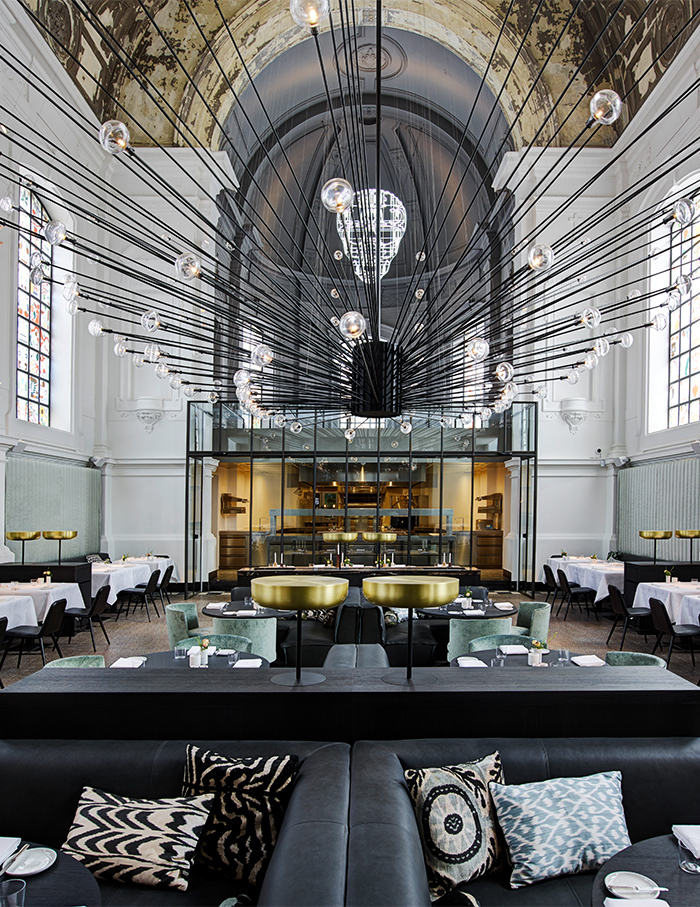
Over the last three decades, together with a team of 65, Studio Piet Boon has tackled a surprisingly diverse portfolio of commissions, including a special-edition vehicle for Land Rover every year, a bespoke furniture line, various private homes world over, spectacular hotels, and numerous villas in the Caribbean (some of which are available to rent by the week).
Among his 40 or so current commissions is the soon to be opened Caribbean resort of Half Moon Bay in Antigua, the Rosewood Hotel in Japan and the magnificent former Palace of Justice that will be converted into another Rosewood property in Amsterdam.
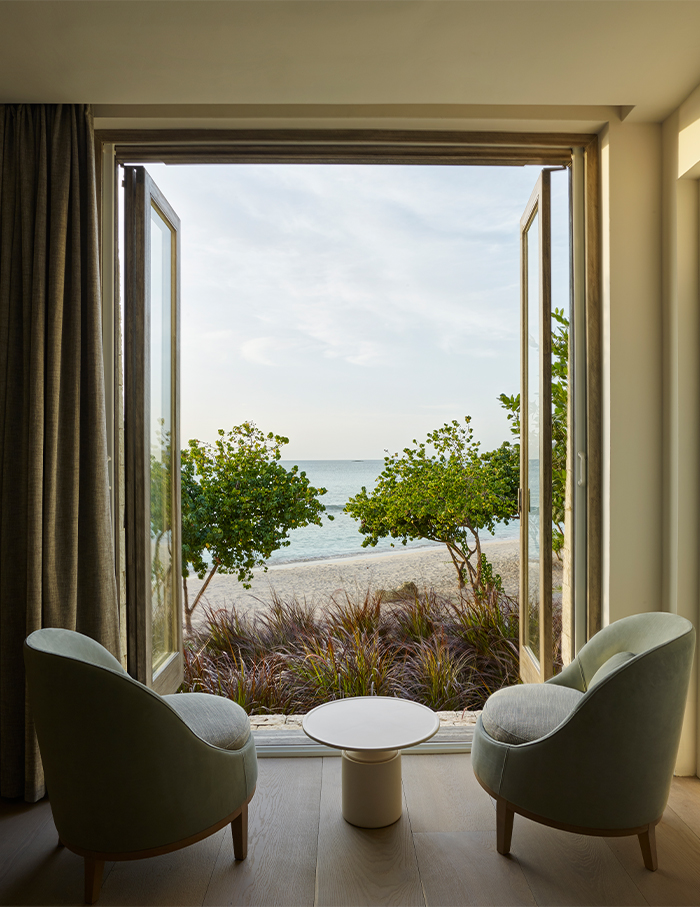
It means a lot to him to be creating landmark places in his hometown—in the former Palace of Justice overlooking the Prinsengracht canal. Speaking of which Boon elates, “It is such a beautiful iconic building. And the Rijksmuseum—designed by Dutch architect Pierre Cuypers in the early 1880s—has been an influence for the hotel.
The design play is such that while you want to be invited to walk in. ”The reception stands like a barricade at the entrance. I was inspired by the Hall of Fame of the Rijksmuseum. As you enter, you experience the entire hall and Rembrandt hangs at the very back. ‘The Night Watch’ becomes my reception desk,” reveals the design maven.
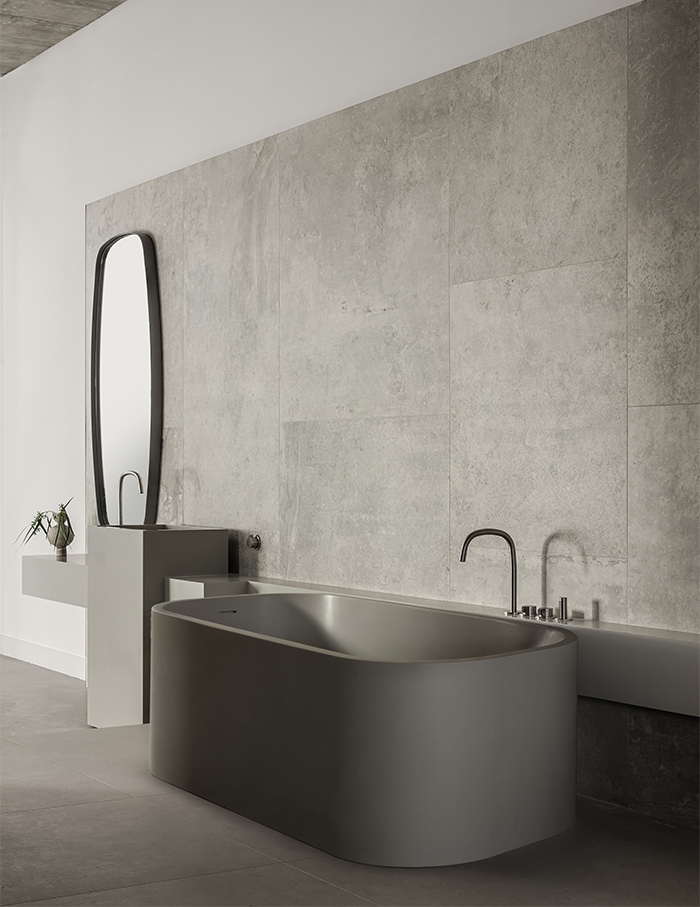
When quizzed about the future of design, Boon strongly believes it is the connection of the interiors and exterior with nature that will go far beyond.
“We have become more aware of life outside and want to be a part of it. We bring the outdoors inside by applying layered and subtle colour nuances, but also art from nature in the interiors. By using natural materials, with different tactile properties, you create a piece of nature at home. We are bringing the outdoors inside by layering and applying subtle shades of colour from nature to the interior. By adding efficient design solutions, such as verandahs and smart heating technologies like our DISC heater, we make it possible to enjoy the outdoors all year round. As a result, the lines between inside and outside are increasingly blurred,” Boon signs off.
To stay updated on all things trending in the design world subscribe to the December 2021 – January 2022 issue of ELLE DECOR India…

